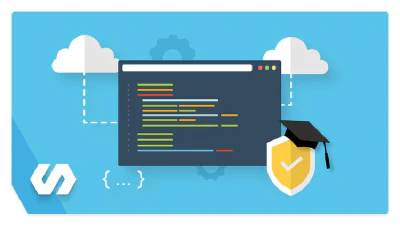
Ethereum and Solidity - Lesson 06 - Ethereum Project Infrastructure
This is a continuation of my previous post Real Projects with Ethereum) - about how to setup a development infrastructure around real-life smart contract.

This is a continuation of my previous post Real Projects with Ethereum) - about how to setup a development infrastructure around real-life smart contract.

How to build a complex blockchain smart contract? What standard issues will you face with arrays, gas, different types of variables, deployment of contracts, etc? And how to solve them?

What is the right architecture for the app that should work with blockchain (and how it differs from traditional web architecture)? What libraries to use? How to configure environment?

Useful advanced info and techniques of writing and testing Smart Contracts: basic data types, reference data types, global variables, gotchas with dynamic arrays, validations and modifiers, debugging, generating random numbers, sending ether.

What is the right toolset for Blockchain development? Here are some keywords: nodejs, npm, web3, solc, ganache, mocha, metamask, rinkeby, infura, remix…

There is quite a high demand for blockchain development these days. We do some experience with it as a company (one complex multi-year project), but personally I only had high-level knowledge and I wanted to improve it…
So me and few of my colleagues have started the course “Ethereum and Solidity: The Complete Developer’s Guide” (https://www.udemy.com/course/ethereum-and-solidity-the-complete-developers-guide/)